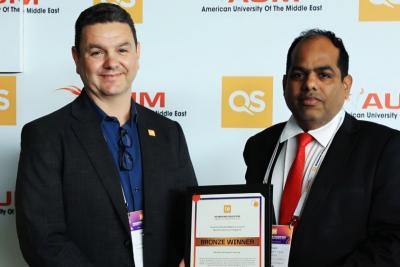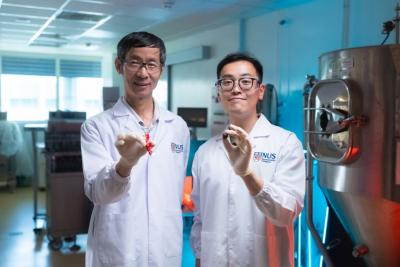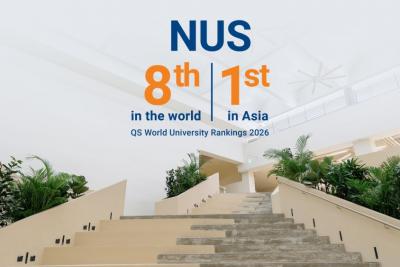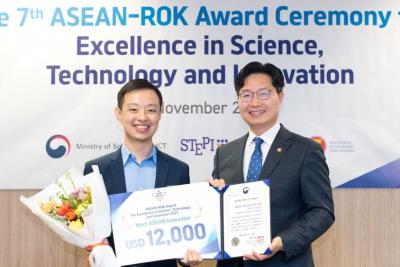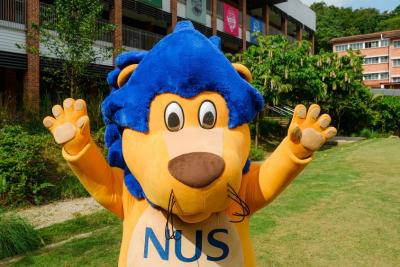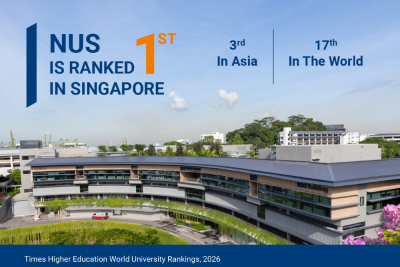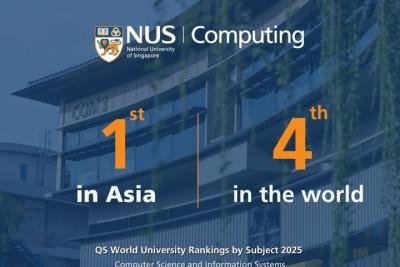Tiến sĩ James Kah, Giảng viên cao cấp của NUS chế tạo một chiếc xe lăn có thể điều chỉnh độ cao giúp cho người khuyết tật
Wanting to make a difference to persons with disabilities (PwDs) who could be struggling to live independently, Dr James Kah found himself drawn to the field of assistive technology.

Dr James Kah (second from right), Senior Lecturer in the Department of Biomedical Engineering (BME) at the NUS College of Design and Engineering, demonstrating the Heighty Mighty, a height-adjustable wheelchair that allows users to move into and out of the wheelchair with less effort and risk of falling. He is pictured with Year 4 BME students whose final-year-project he is supervising.
It is a change from his usual research on nanomedicine that focuses on developing treatments for diseases, a pursuit he has been dedicated to since receiving his PhD in 2009 and continued even after he joined NUS to teach. However, despite the many years invested, he could not see the impact of his work beyond his journal publications.
“So what if I could eliminate tumours in mice? I struggled to see the impact translated into humans,” recalled Dr Kah, a Senior Lecturer in the Department of Biomedical Engineering (BME) at the NUS College of Design and Engineering.
What brought him closer to the end-user was assistive technology, an aspect of biomedical engineering.
See more here






